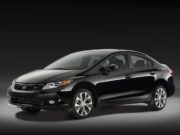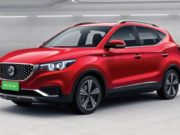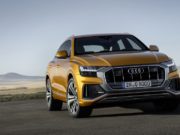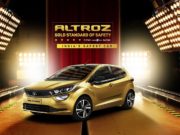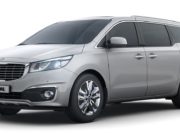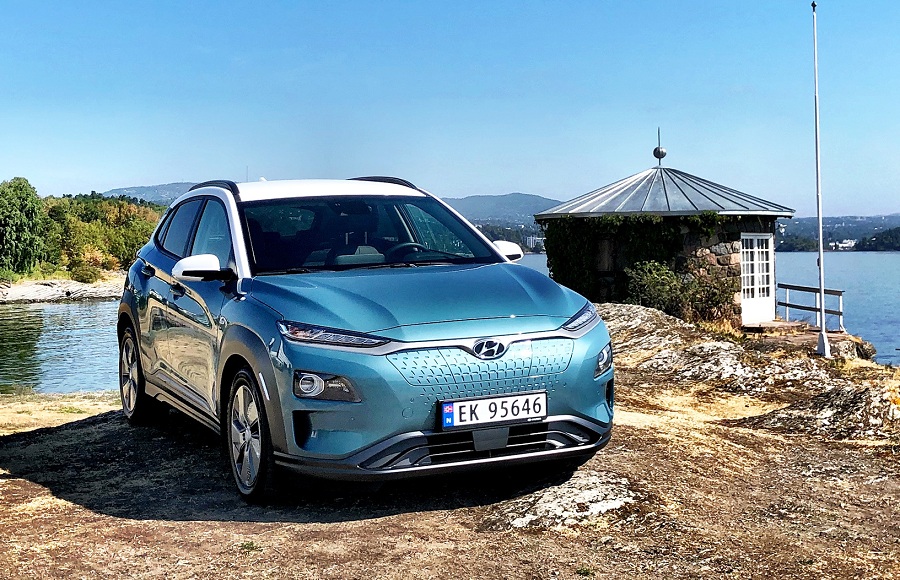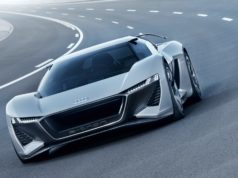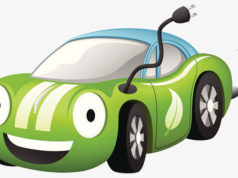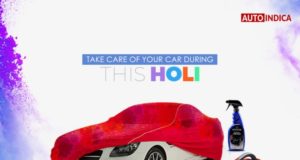The automobile industry is fast shifting towards lesser emission. So what would be better, a plug-in Hybrid or a fully Electric car in India
You’re all aware of the rapid change in the motoring industry, whether from the consumer’s perspective or the manufacturer’s. Emissions have become a priority agenda for Governments to target motorcars again. The current list of solutions to this problem includes plug-in Hybrid cars or full Electric cars in India. Okay not a lot of options to choose from currently and these are all on the expensive end of the spectrum. Choosing what works better for your personal choices is slightly complicated than meets the eye. Both types are greener options, Plug-in Hybrids emit less and Electrics emit nothing at all. Both are quieter reducing noise as pollution and are smarter ECUs understanding the needs as per load and other conditions. But what should you choose if you were given the choice?
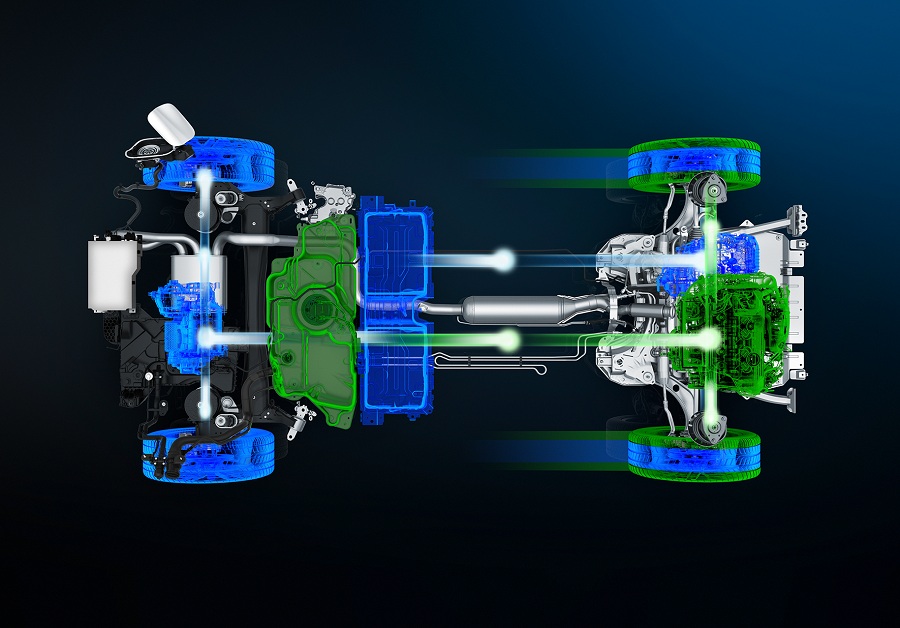
Two ways we can save the balance between the betterment of the planet and preserving the very act of motoring as a hobby. Either we choose what we prefer as the intelligent option, or the Government will make the choice for you. What you accept will become the way forward for the manufacturers. Yes not many choices are available as PHEV or electric car in India currently. But with changing norms and regulations getting tighter on the car soon you’ll have plenty of electrics to choose from.
Understand the difference between Plug-in Hybrids and EVs
A Hybrid car is the cleaner alternative to the one with an Internal Combustion Engine (ICE, which you use every day filling petrol diesel or CNG). It uses a smaller ICE paired with another electric motor for propulsion supported by a selection of rechargeable batteries. Yes basically two engines. They can either run on fuel or on batteries or even combine both as needed. If you use it on battery power, which is very less in hybrids, it runs out and the ICE becomes your source of propulsion while it recharges the battery. This makes the car emit less and run longer distance for the fuel you’ve put in.
Plug-in Hybrid
Hybrids are of two types, standard and Plug-in. Standard hybrids use the ICE or the car’s regenerative braking system to charge its battery pack. Plug-in hybrids as you might have guessed can be charged from a charging station and run like full Electrics. Hence plug-in hybrids or PHEV were adopted by most companies as the better alternatives. However most PHEVs do not support fast charging ports, so no quick charging for them.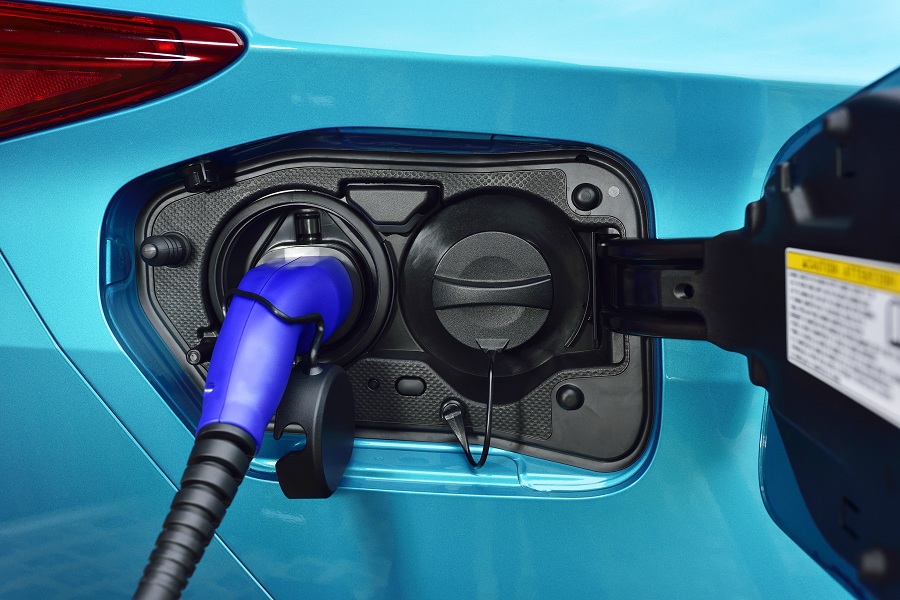
Full EV
Electric cars on the other hand are run purely on electric power. An electric motor propels you squeezing electricity from onboard rechargeable batteries. When you run out of power, simply plug in an electricity socket and recharge till full. Complete reliance on the battery means you have zero emissions and nose, just like your cell-phone or laptop runs on battery. The difference is cars have a lot of batteries paired together to work in sync. But when you run out of power you’ll have to wait before you can go ahead since there is no ICE to propel you burning fossil fuel. Manufacturers have now developed various types of fast chargers to accelerate the hourly process into minutes.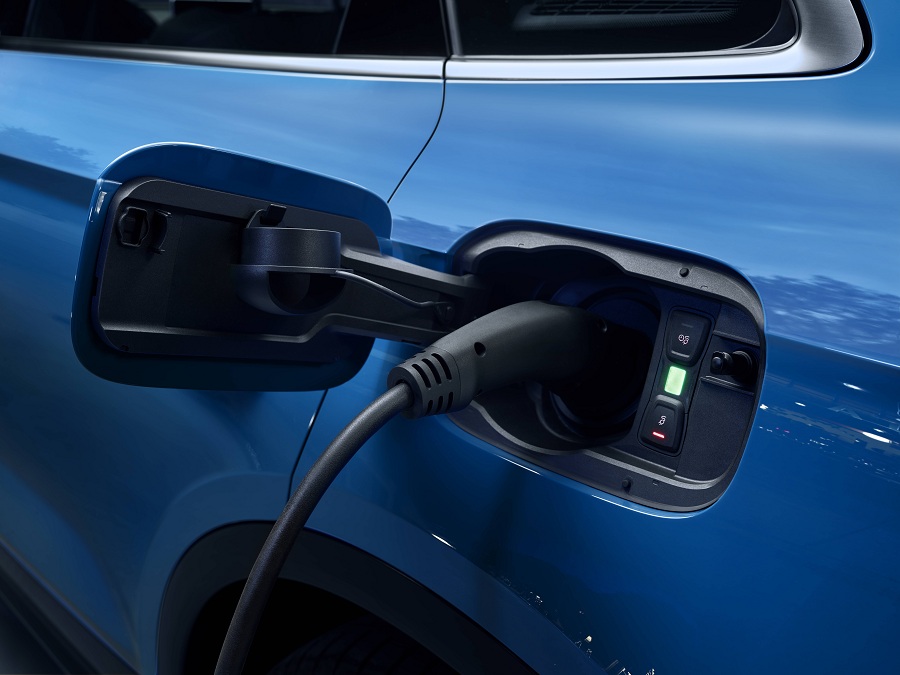
Both have positives and negatives
PHEV as you can note are the better and more viable options. You run out of electricity, fossil power takes over. You can find the nearest charging port and recharge the batteries to drive on electric power again. They are quieter than their ICE counterparts and provide a smoother transition from fossil fuels.
On the other hand PHEV still have an engine which needs to be maintained with regular servicing. You are still burning fossil fuel hence still have a carbon footprint. Changing fuel prices are still affecting your driving style and longer journeys still take a toll on burning more fuel without electric support.
This is where EVs excel. You charge them from a plug and the battery propels you without any emission at all. Since you have to run them only on electricity, you increase zero-emission driving distance. Electric motors considerably need lesser looking after meaning lesser servicing required by EVs. And you save a lot of money as you need no expensive fuel refills and electricity is cheaper.
But all of this does have shortcomings. EVs have a shorter driving range so longer commutes and long distance travels are not possible. This will eventually improve with new battery technology progressing, but for now range is amongst the major issues.
Which one should you pick then?
This is the complex question which soon you’ll be facing. Emissions have become a cause of concern in the Indian market, and the Government is hitting hard on BS6 norms. Toyota and Honda have been selling hybrids since long in the country now. But huge pricing has been a sales deterrent for all these models. BMW has started the hybrid supercar syndrome with the i8 Roadster. Another magical surprise but way too expensive for regular use. BMW i3S then took the baton for urban use but is still expensive. Even earlier Mahindra got the e-Verito and e2o plus for the mass market electric car in India. But both of them failed to capture the minds of Indian populous.
Something has to change. These expensive cars can only be used by a select few. And the cheaper ones have to become way more refined to be seen seriously vehicles. See this is what I meant by what path you choose will decide the way forward. And do not bring Smart-Hybrids in the picture as they cannot propel the car on electricity, just add some smug flavour to the mix thereby increasing fuel efficiency. A PHEV can be run on electricity completely, albeit for a tiny range, but still can. They also support the ICE while cruising on flat surfaces thus reducing emissions while burning lesser fossil fuels.
Why EV?
Bottom-line is if your travelling is restricted to the city, an EV is an excellent solution. You can calculate your range in accordance with your driving distance (office, groceries, mum’s place, kid’s school and back home). All of this can be done by burning zero fuel and recharging in the night back at home. Your fuel costs will disappear, maintenance cost is tiny for a year and its zero-emission for the betterment of your town.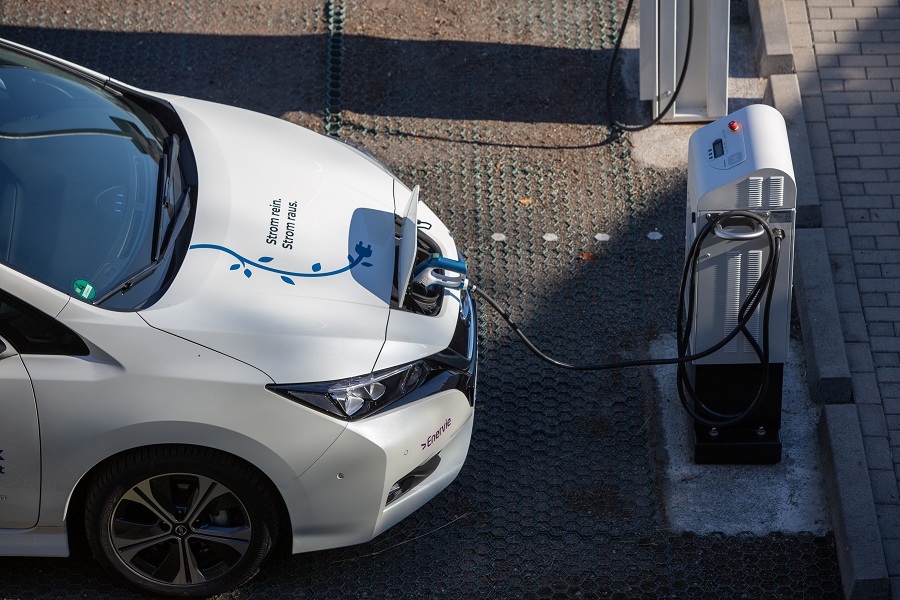
Why PHEV?
On the other hand you want a PHEV that goes the distance keeping up with your adventurous or excessive travelling distances. Try to use the all-electric range as much as you can in the city, and when you run out while your travels the ICE will take over taking you further.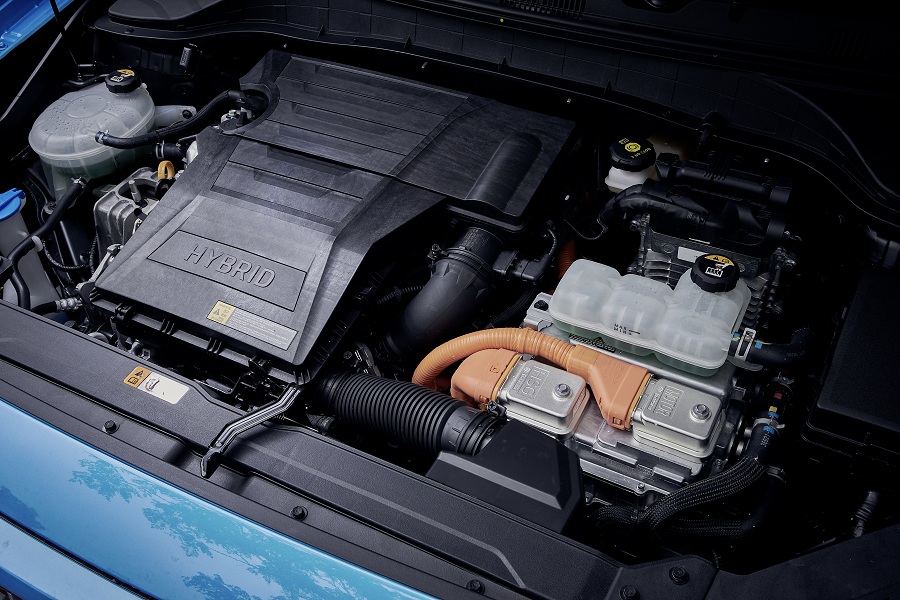
Roadblocks for PHEVs and EVs
All things said and done, ICE is still the dominant force in the marketplace. All it needs is a couple of minutes at the fuel station to replenish range to maximum (longer if you want CNG, the queues are never-ending). Fuel efficiency numbers have gone high too with petrols looking at 20kmpl and diesels looking at as much as 25kmp. But not for long I guess. We have to change our preferences to look at a greener healthier future. Lung diseases are on the rise in metropolitans and smokers are actually becoming smug that their lungs aren’t that bad.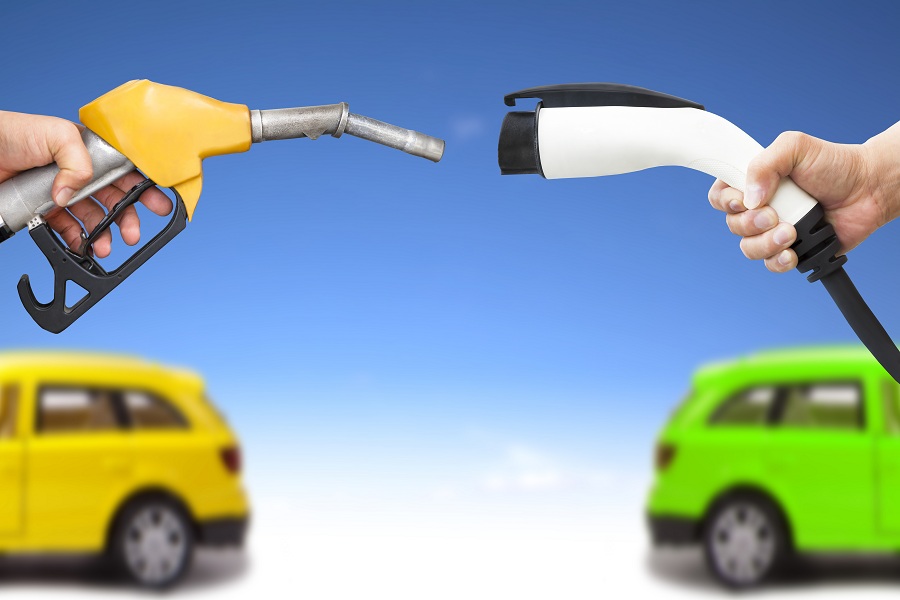
PHEVs and EVs are still sparse in availability and people cannot be swayed until the Government invests in charging infrastructure for electric car in India. Sure manufacturers are taking the leap with Hyundai soon launching the Kona electric and Audi e-Tron is on its way too. But everybody else wants a clearly set infrastructure strategy for charging stations.
I’ve bought an electric car in India, where will I charge when the battery runs out of juice? Will electricity be available when I charge at any station? How and what will I be paying when I need to charge my EV? What will I do by the time my car’s battery is charging? Holy smokes all of this must be clearly stated! See why I said PHEVs will be better as they still can use fossil fuels to charge the batteries and keep you going for the rest of your journey. Choose wisely!

